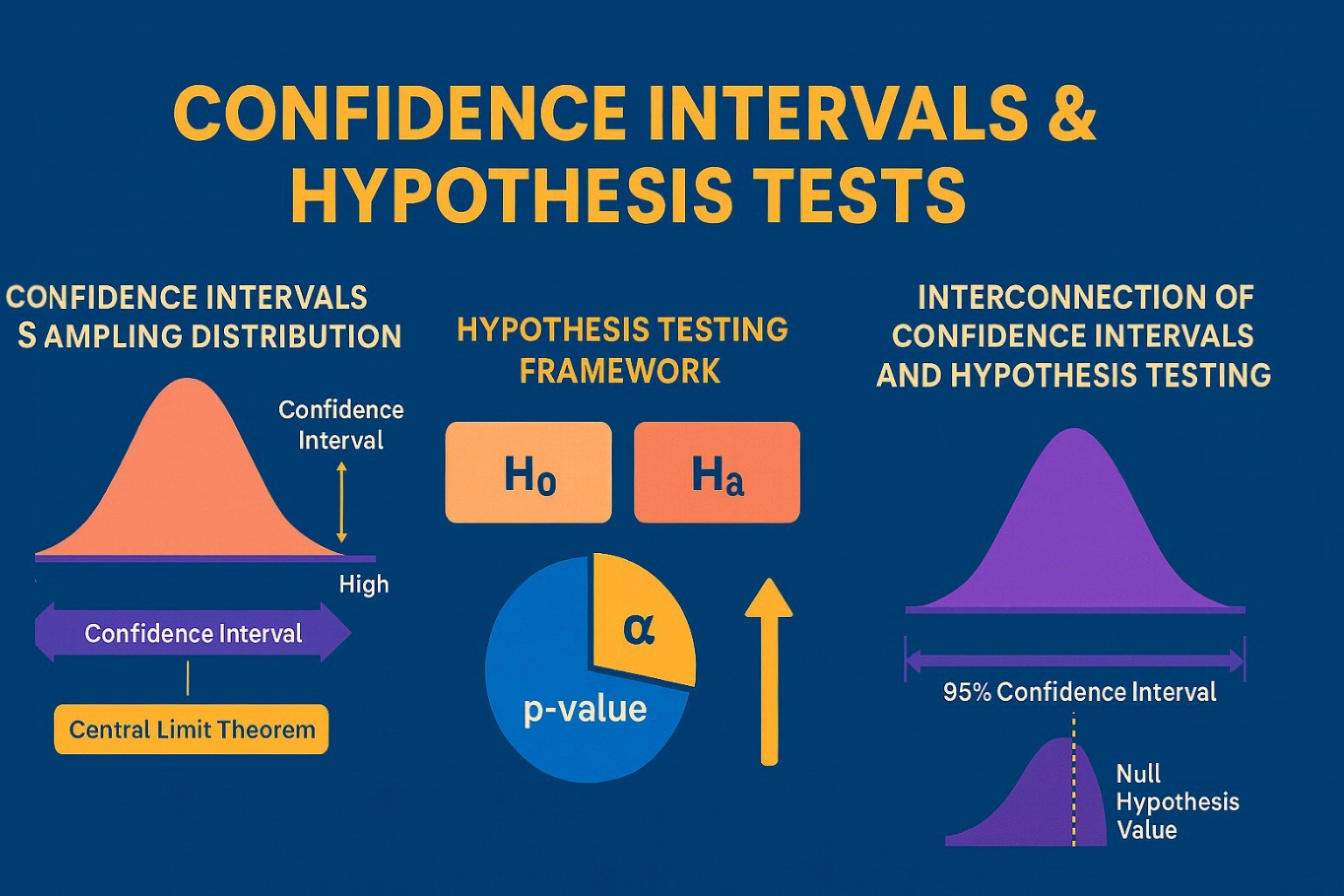What Is Product Management Process, Tools, and Requirements

What Is Product Management Process, Tools, and Requirements
Product management is demanding due to the need for constant multitasking, balancing technical and business aspects, and managing diverse stakeholders. Additionally, the pressure to deliver successful products within tight timelines and evolving market conditions adds to the demanding nature of the role.
Product managers must also deeply understand customer needs, market trends, and competitive landscape while possessing strong leadership and decision-making skills. The role demands the ability to adapt quickly to changing priorities and effectively communicate and align cross-functional teams toward a common goal.
What is Product Management?
Imagine being the maestro, harmonizing the business, customer needs, and the development team to bring a product to life and beyond. That's product management! It's about steering a product from the spark of an idea to a successful launch and constant evolution. You define the product's purpose, guide its development, collect user feedback, and make data-driven decisions to keep it thriving. It's a demanding mix of vision, leadership, and problem-solving, but the reward of seeing your product touch lives and make a difference is exceptional.
Agile product management
Agile product management is a method that focuses on developing and delivering products in small, iterative stages. It stresses adaptability, teamwork, and the ability to respond to change, enabling ongoing enhancements and adjustments based on customer input and evolving market dynamics. Agile product management frequently entails close collaboration among cross-functional teams to provide customer value efficiently.
The key concepts included in agile product management are:
- Iterative development: Products are developed and delivered in small, incremental stages, allowing continuous improvement and adaptation.
- Flexibility: The methodology emphasizes the ability to respond to change and adapt to evolving market conditions and customer feedback.
- Collaboration: Cross-functional teams work closely to deliver customer value and ensure alignment across different departments.
- Customer focus: Agile product management prioritizes understanding and meeting customer needs through regular feedback and iteration.
- Continuous improvement: The approach involves ongoing assessment and adjustment to enhance the product based on new information and insights.
What is the Product management process?
The product management process is a journey guiding a product from concept to market and beyond. Here's a simplified roadmap:
Ideation & Discovery:
- Research and Understand: Dive deep into the market, analyze customer needs and pain points, and identify opportunities.
- Define the Problem: Clearly articulate the problem your product will solve, ensuring it resonates with customers and aligns with business goals.
Product Definition & Strategy:
- Vision and Roadmap: Craft a compelling vision for your product, outlining its value proposition, target audience, and core features.
- Prioritization and Planning: Set priorities, define the product roadmap, and establish development timelines and milestones.
Development & Execution:
- Collaboration and Communication: Work closely with engineers, designers, and other stakeholders to bring the product vision to life.
- Prototyping and Testing: Create prototypes to gather user feedback, iterate on designs, and ensure a successful launch.
Launch & Growth:
- Go-to-Market Strategy: Develop a marketing plan to create awareness, generate excitement, and drive adoption.
- Launch and Monitoring: Manage the product launch, track key metrics, and analyze user behavior.
Continuous Improvement:
- Gather Feedback: Actively collect and analyze user feedback through various channels.
- Data-Driven Decisions: Use data and insights to continuously improve the product, adding new features and optimizing performance.
Product management tools:
Idea Generation & Research:
- Survey and feedback tools: SurveyMonkey, Hotjar, UserTesting - understand user needs and gather invaluable insights.
- Competitive analysis tools: SimilarWeb, G2 Crowd - research competitors and track industry trends.
- Mind mapping and brainstorming tools: Miro, Mindly - generate creative ideas and collaborate with your team.
Product Definition & Strategy:
- Product roadmapping tools: Aha!, Trello, Roadmunk - prioritize features, define timelines, and visualize the product roadmap.
- User story and backlog management tools: Jira, Azure Boards - manage user stories, bugs, and tasks efficiently.
- Goal setting and tracking tools: OKRs, Weekdone - set clear goals, track progress, and ensure alignment with the overall vision.
Development & Execution:
- Project management tools: Asana, Monday.com - oversee development progress, manage deadlines, and communicate effectively with the team.
- Design and prototyping tools: Figma, InVision - create prototypes, gather feedback, and iterate on designs quickly.
- Version control and collaboration tools: Git and GitHub - manage code versions, track changes, and collaborate seamlessly with developers.
Launch & Growth:
- Marketing automation tools: Mailchimp, HubSpot - manage email campaigns, automate marketing tasks, and track key metrics.
- Analytics and data visualization tools: Google Analytics, Tableau - understand user behavior, track product performance, and make data-driven decisions.
- Customer relationship management (CRM) tools: Salesforce, Hubspot - manage customer interactions, track feedback, and build strong relationships.
Continuous Improvement:
- User feedback management tools: UserVoice and Delighted - collect and analyze user feedback from various channels.
- A/B testing tools: Optimizely, Google Optimize - test different features and variations to see what resonates with users.
- Bug tracking and reporting tools: Bugzilla Asana - effectively identifies and tracks bugs, ensuring a smooth user experience.
Certifications for product management
There are several certifications available for product management professionals, including:
- Certified Product Manager (CPM) by the Association of International Product Marketing and Management (AIPMM)
- Certified Scrum Product Owner (CSPO) by Scrum Alliance
- Pragmatic Marketing Certification
- Certified Innovation Leader (CIL) by the Global Innovation Management Institute (GIMI)
- Product Management Professional (PMP) by the Product Development and Management Association (PDMA)
These certifications help product managers enhance their skills, knowledge, and credibility in product management. Moreover, the certifications mentioned above are based on experience.
If you are interested in beginning your career as a product manager, Visit Sulekha, a one-stop destination for discovering a diverse range of courses offered by expert educators, and easily find the perfect learning opportunity tailored to your needs.
Whether you seek professional development, skill enhancement, or a new educational journey, Sulekha connects you with numerous course providers, making your learning experience seamless and enriching. Visit Sulekha today and embark on a continuous education and growth path."
Requirement to become a Product manager:
- Strong understanding of market and customer needs
- Ability to think strategically and prioritize effectively
- Excellent communication and collaboration skills
- Knowledge of product development processes and methodologies
- Analytical and problem-solving skills
- Experience with relevant tools and technologies
- Business acumen and financial literacy to make data-driven decisions.
In conclusion, product management is a multifaceted role involving guiding a product or service from conception to market launch. It requires a deep understanding of market dynamics, strategic planning, and effective collaboration with cross-functional teams. By leveraging the right tools and techniques and possessing a diverse skill set encompassing technical, business, and interpersonal competencies, product managers can successfully navigate the complex process of developing and managing products that meet customer needs and drive business growth.
Take the next step towards your professional goals in Product Management
Don't hesitate to talk with our course advisor right now
Receive a call
Contact NowMake a call
+1-732-338-7323Related blogs on Product Management to learn more

Project Management Lifecycle: A Guide to the 5 Essential Phases
Project management is at the heart of every successful business initiative. Whether you're developing a new product, launching a marketing campaign, or overseeing any other project, following a structured process can make all the difference. Understa

From Idea to Launch: An Introduction to Product Development
Bringing innovative ideas starts with mastering product development concepts that bridge creativity and practicality. Whether its concept development of a product to meet market needs or delving into concept development in product design to refine fu

PMP Certification Training and Course Agenda for learners in Islandia, New York
PMP Certification Course: This course is for project managers, who leads projects and directs different teams of professionals. Project Management Certification training teaches various project management procedures such as project setup, team build
Latest blogs on technology to explore

From Student to AI Pro: What Does Prompt Engineering Entail and How Do You Start?
Explore the growing field of prompt engineering, a vital skill for AI enthusiasts. Learn how to craft optimized prompts for tools like ChatGPT and Gemini, and discover the career opportunities and skills needed to succeed in this fast-evolving indust

How Security Classification Guides Strengthen Data Protection in Modern Cybersecurity
A Security Classification Guide (SCG) defines data protection standards, ensuring sensitive information is handled securely across all levels. By outlining confidentiality, access controls, and declassification procedures, SCGs strengthen cybersecuri

Artificial Intelligence – A Growing Field of Study for Modern Learners
Artificial Intelligence is becoming a top study choice due to high job demand and future scope. This blog explains key subjects, career opportunities, and a simple AI study roadmap to help beginners start learning and build a strong career in the AI

Java in 2026: Why This ‘Old’ Language Is Still Your Golden Ticket to a Tech Career (And Where to Learn It!
Think Java is old news? Think again! 90% of Fortune 500 companies (yes, including Google, Amazon, and Netflix) run on Java (Oracle, 2025). From Android apps to banking systems, Java is the backbone of tech—and Sulekha IT Services is your fast track t

From Student to AI Pro: What Does Prompt Engineering Entail and How Do You Start?
Learn what prompt engineering is, why it matters, and how students and professionals can start mastering AI tools like ChatGPT, Gemini, and Copilot.

Cyber Security in 2025: The Golden Ticket to a Future-Proof Career
Cyber security jobs are growing 35% faster than any other tech field (U.S. Bureau of Labor Statistics, 2024)—and the average salary is $100,000+ per year! In a world where data breaches cost businesses $4.45 million on average (IBM, 2024), cyber secu

SAP SD in 2025: Your Ticket to a High-Flying IT Career
In the fast-paced world of IT and enterprise software, SAP SD (Sales and Distribution) is the secret sauce that keeps businesses running smoothly. Whether it’s managing customer orders, pricing, shipping, or billing, SAP SD is the backbone of sales o

SAP FICO in 2025: Salary, Jobs & How to Get Certified
AP FICO professionals earn $90,000–$130,000/year in the USA and Canada—and demand is skyrocketing! If you’re eyeing a future-proof IT career, SAP FICO (Financial Accounting & Controlling) is your golden ticket. But where do you start? Sulekha IT Serv

Train Like an AI Engineer: The Smartest Career Move You’ll Make This Year!
Why AI Engineering Is the Hottest Skillset Right Now From self-driving cars to chatbots that sound eerily human, Artificial Intelligence is no longer science fiction — it’s the backbone of modern tech. And guess what? Companies across the USA and Can

Confidence Intervals & Hypothesis Tests: The Data Science Path to Generalization
Learn how confidence intervals and hypothesis tests turn sample data into reliable population insights in data science. Understand CLT, p-values, and significance to generalize results, quantify uncertainty, and make evidence-based decisions.